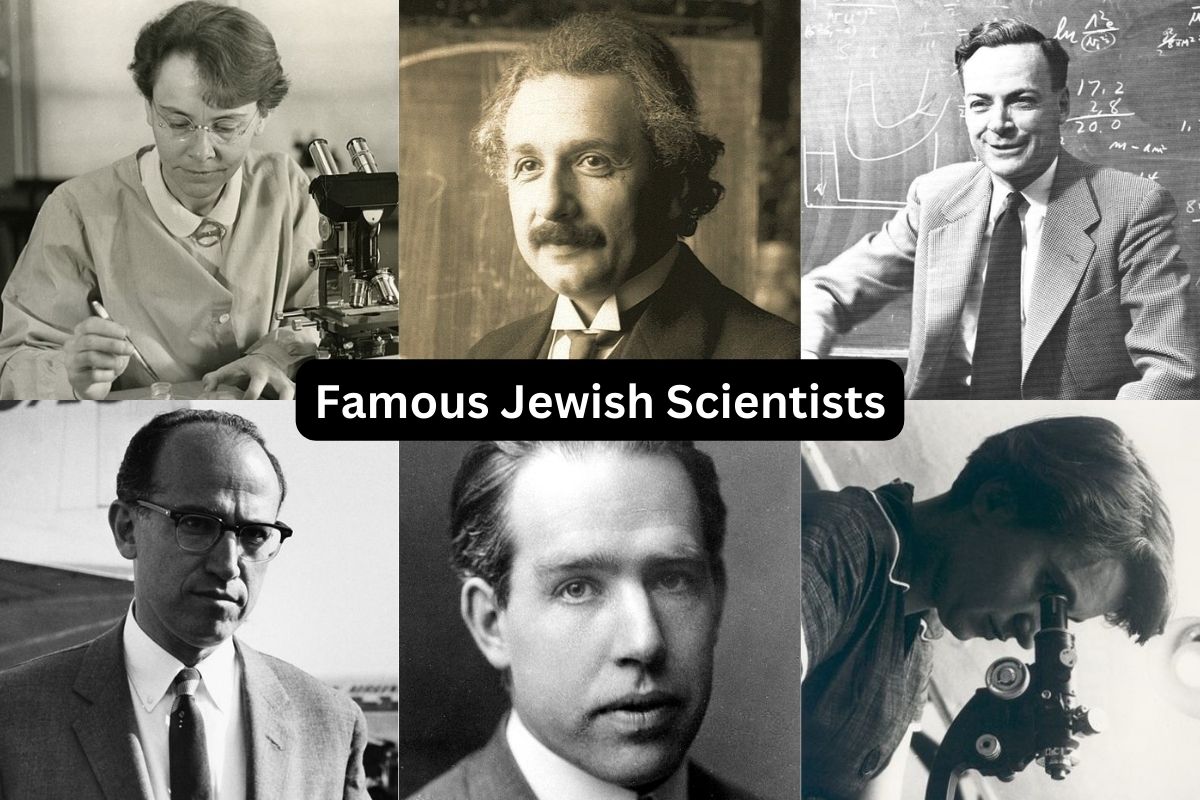Throughout history, Jewish scientists have played pivotal roles in advancing human knowledge across various scientific disciplines.
Their groundbreaking discoveries and pioneering research have not only reshaped our understanding of the natural world but also revolutionized technology and medicine.
In this article, we will delve into the lives and achievements of some of the most renowned Jewish scientists, exploring their significant contributions to physics, chemistry, genetics, and other fields.
Join us on a journey through the remarkable work of these individuals whose legacies continue to inspire and shape the world of science.
Famous Jewish Scientists
1. Albert Einstein (1879-1955)

Albert Einstein was born in Germany and is perhaps the most famous physicist of the 20th century.
He is best known for his theory of relativity, which includes the famous equation E=mc². The theory of relativity fundamentally changed our understanding of space, time, and gravity.
Also Read: Famous German Scientists
Einstein also made significant contributions to the development of quantum mechanics and the photoelectric effect, for which he received the Nobel Prize in Physics in 1921.
His work laid the foundation for many modern technologies and had a profound impact on the field of theoretical physics.
2. Niels Bohr (1885-1962)
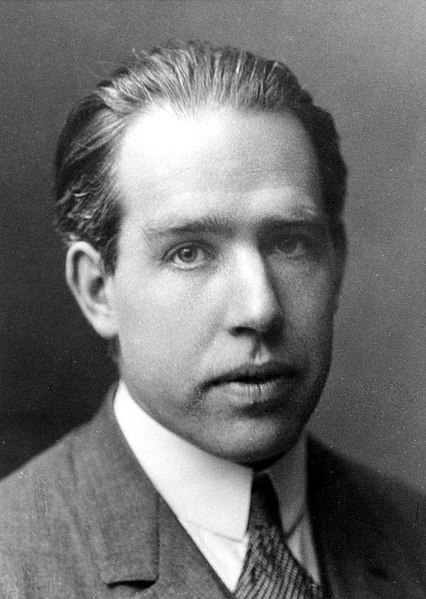
Niels Bohr was a Danish physicist and a key figure in the development of quantum mechanics.
He proposed the Bohr model of the atom, which introduced the concept of quantized energy levels for electrons within an atom’s structure, explaining atomic spectral lines.
Also Read: Most Famous Hispanic Scientists
Bohr played a central role in the development of the Copenhagen interpretation of quantum mechanics, which sought to explain the behavior of particles at the quantum level.
His work on atomic structure and quantum theory had a significant influence on the development of modern physics and laid the groundwork for further advances in quantum mechanics.
3. Richard Feynman (1918-1988)
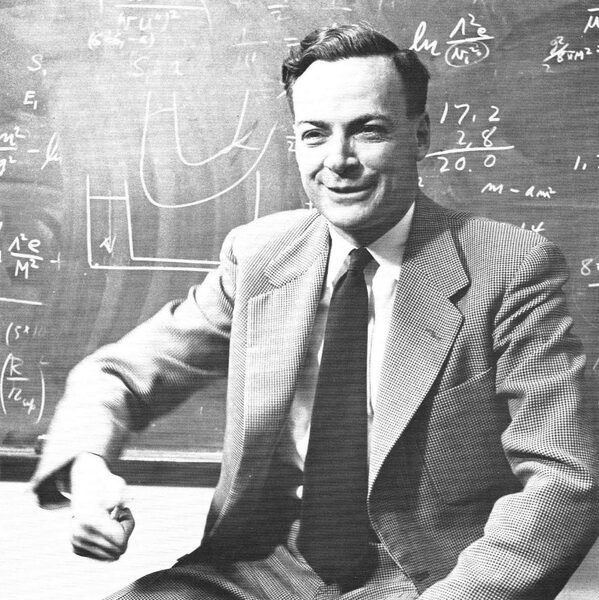
Richard Feynman was an American physicist known for his exceptional contributions to the fields of quantum electrodynamics (QED) and particle physics.
He developed the Feynman diagrams, a visual tool for representing the behavior of subatomic particles in particle interactions, which became an essential part of quantum field theory.
Feynman also made important contributions to the development of the theory of superfluidity and superconductivity.
He was a charismatic teacher and communicator, known for his series of lectures titled “The Feynman Lectures on Physics,” which have inspired generations of physicists and science enthusiasts.
4. Barbara McClintock (1902-1992)
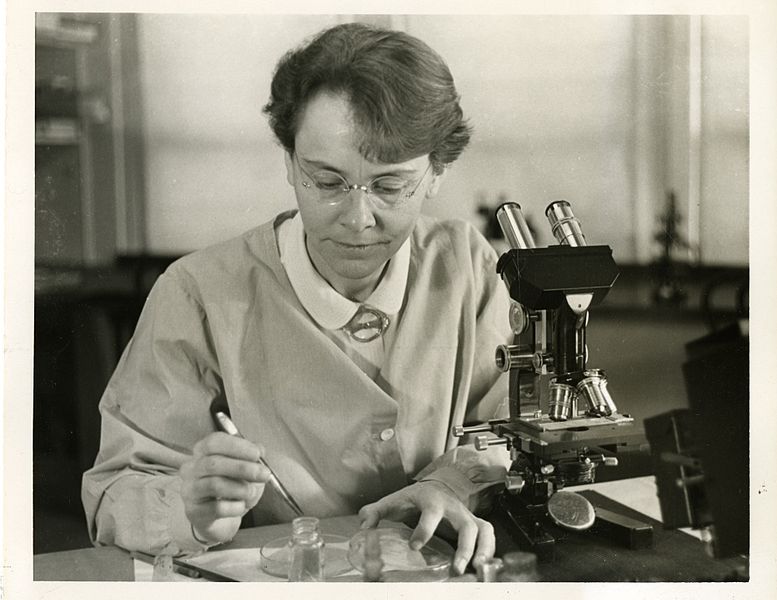
Barbara McClintock was an American geneticist known for her groundbreaking work in genetics and cytogenetics.
She is best known for her discovery of transposons, or “jumping genes.” McClintock’s research showed that genes can move within an organism’s genome, challenging the prevailing view that genes were fixed in place.
Her work with maize (corn) genetics provided significant insights into how genes regulate the development and functioning of organisms.
In 1983, Barbara McClintock was awarded the Nobel Prize in Physiology or Medicine for her pioneering work on transposons.
5. Jonas Salk (1914-1995)
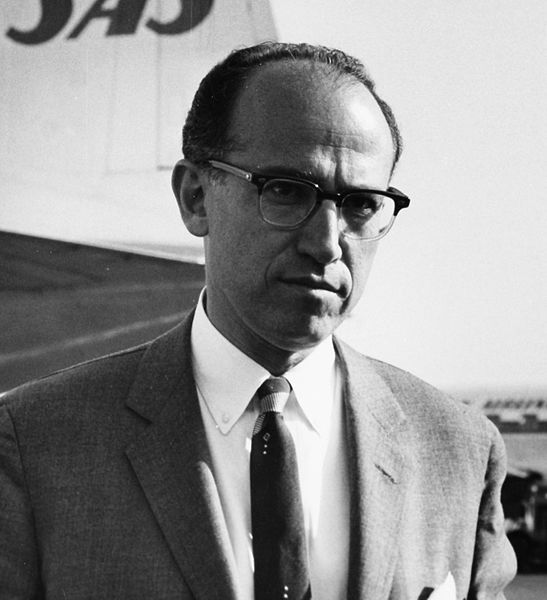
Jonas Salk was an American virologist and medical researcher who made one of the most significant contributions to public health in the 20th century.
He developed the first effective inactivated polio vaccine, which was introduced in the 1950s and played a crucial role in the near-eradication of polio worldwide.
Salk’s vaccine not only saved countless lives but also paved the way for the development of other vaccines and laid the foundation for the field of vaccinology.
His work had a profound impact on global health and is still celebrated as a triumph of medical science.
6. Rosalind Franklin (1920-1958)
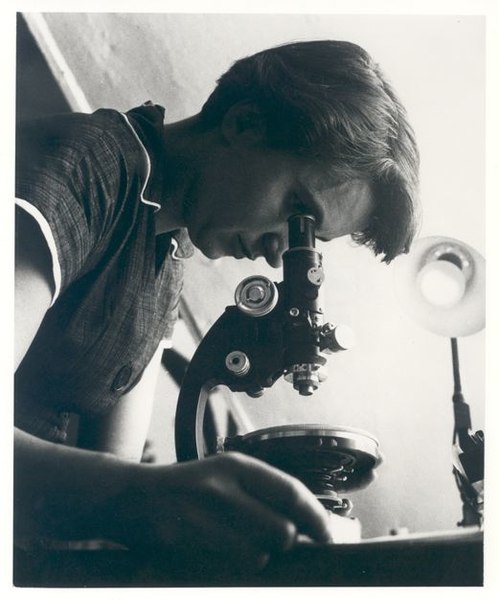
Rosalind Franklin was an English chemist of Jewish heritage who made significant contributions to the field of molecular biology and the understanding of DNA’s structure.
Her X-ray crystallography work provided critical data that helped James Watson and Francis Crick formulate their model of the DNA double helix.
Although she did not receive the Nobel Prize awarded to Watson, Crick, and Maurice Wilkins for their DNA work, Franklin’s research laid the foundation for our understanding of DNA’s structure.
Her contributions to science have been increasingly recognized and celebrated in the years following her death.
7. Lev Landau (1908-1968)
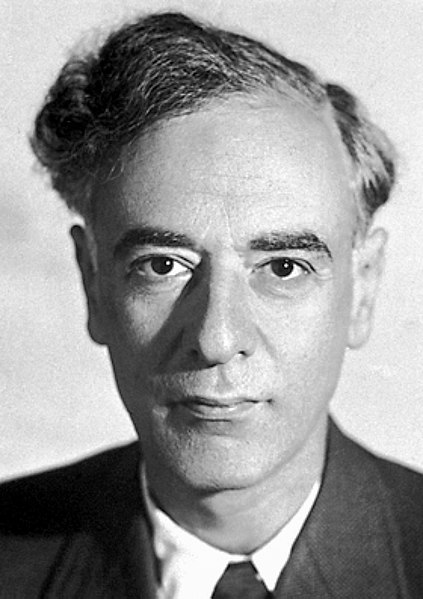
Lev Landau was a Soviet physicist and one of the most influential theoretical physicists of the 20th century.
He made significant contributions to various areas of physics, including quantum mechanics, condensed matter physics, and the theory of superfluidity.
Landau developed the Landau-Lifshitz series of textbooks, which became standard references in theoretical physics.
His work on the theory of superfluidity and superconductivity remains highly regarded in the scientific community.
8. Albert Michelson (1852-1931)
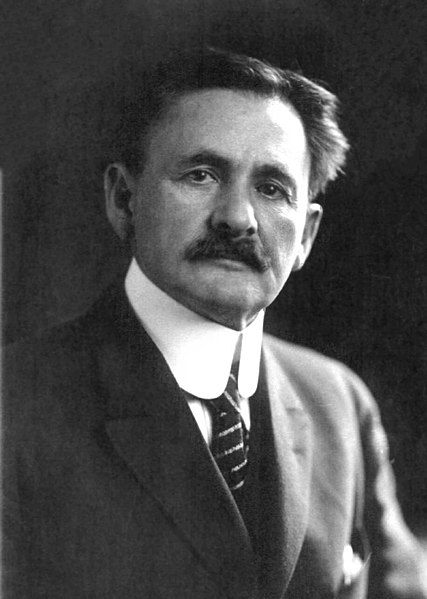
Albert Michelson was an American physicist of Jewish ancestry who is best known for his precision measurements of the speed of light.
His famous Michelson-Morley experiment, conducted in collaboration with Edward Morley, provided experimental evidence against the existence of the luminiferous ether, a concept related to the propagation of light.
Michelson’s work laid the foundation for the theory of special relativity developed by Albert Einstein and had a profound impact on our understanding of the nature of light and space.
9. Claude Cohen-Tannoudji (b. 1933)
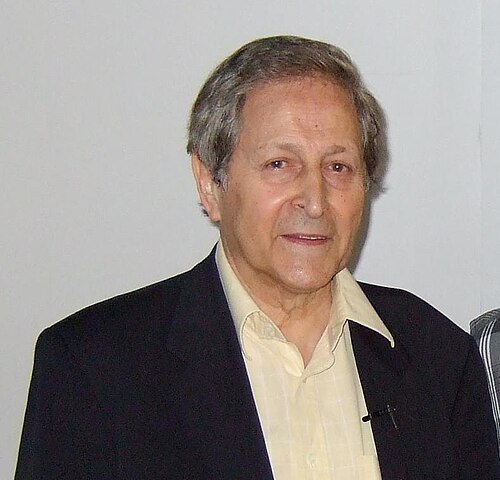
Claude Cohen-Tannoudji is a French physicist of Algerian-Jewish descent who made significant contributions to the field of atomic physics.
He was awarded the Nobel Prize in Physics in 1997 for his work on laser cooling and trapping of atoms, which has led to the development of ultra-precise atomic clocks and advances in the field of quantum optics.
Cohen-Tannoudji’s research helped pave the way for the study of quantum phenomena at extremely low temperatures and in the manipulation of individual atoms with lasers.
10. Isidor Isaac Rabi (1898-1988)
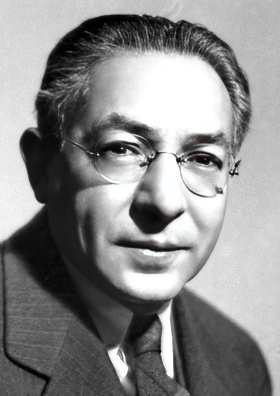
Isidor Rabi was an American physicist who won the Nobel Prize in Physics in 1944 for his development of the technique of nuclear magnetic resonance (NMR).
NMR is a crucial analytical tool used in chemistry, physics, and medicine, including applications in magnetic resonance imaging (MRI).
Rabi’s work in NMR provided valuable insights into the behavior of atomic and molecular nuclei and revolutionized the fields of chemistry and medicine.
